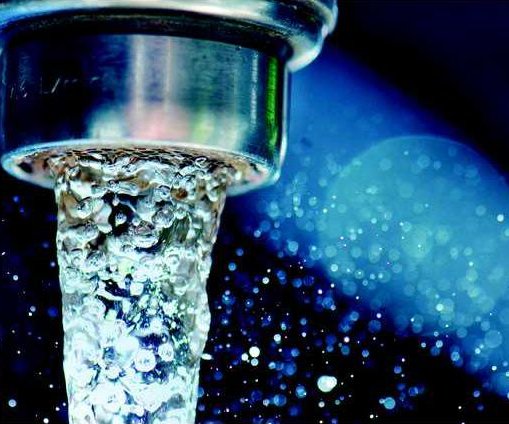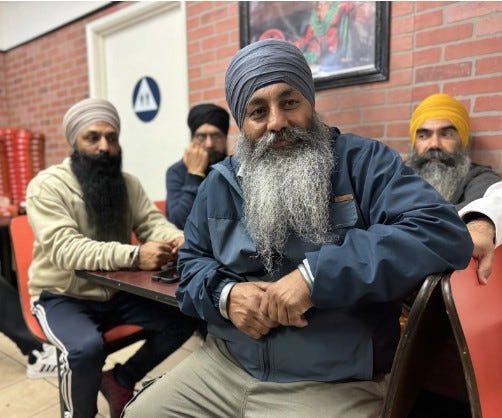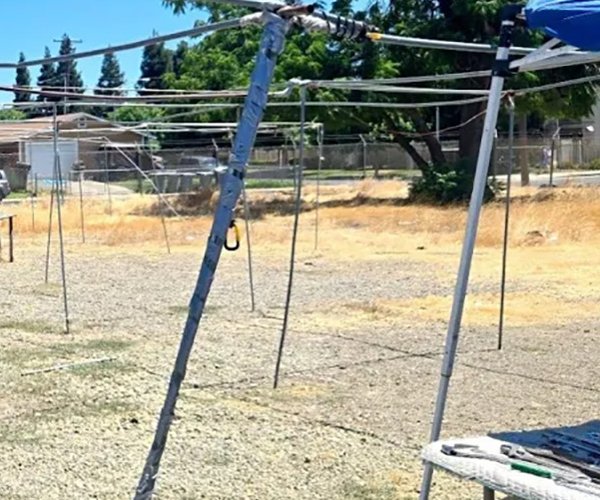For the first time since 2003, California voters next month will decide whether or not to recall the state’s governor after a petition to remove Democrat Gov. Gavin Newsom received over 1.7 million signatures.
Election Day is Sept. 14, and Newsom could potentially be the first California governor to be recalled since Democrat Gray Davis was ousted for Republican Arnold Schwarzenegger nearly two decades ago. The effort to recall Newsom began in 2019 prior to the pandemic, but the governor’s handling of COVID-19 pushed the petition over the 1,495,709 signatures needed to trigger an election.
Of the 1,719,943 valid signatures received by the California Secretary of State’s office, 28,886 were from Stanislaus County.
Stanislaus County Registrar of Voters Donna Linder said the elections office is well prepared to count every legally cast vote through their canvassing process, which recently earned a seal of approval from the county’s Civil Grand Jury. According to its 2019-2020 report, the Stanislaus County Civil Grand Jury found that the county elections office maintains “a diligent approach to electoral security” through a variety of strong security measures.
Election security has dominated headlines in the past two presidential elections, and the investigation was conducted by the SCCGJ in response to concerns about interference in the 2016 presidential election.
“They had no recommendations for the elections division,” Linder said.
Stanislaus County voters can mail in their ballot, or they can go to one of the county’s ballot drop boxes and turn it in. County vote centers will also open in September, with two opening on Sept. 8 and the rest opening on Sept. 11.
Voters who don’t want to mail in or drop off their vote-by-mail ballot can turn it in at any voting center, where a replacement ballot which can be scanned on site will be provided. The scanners used to count in-person votes and the tally computer located at the elections office is extremely secure, the grand jury investigation found, as they aren’t connected to WiFi or any form of internet.
“We wanted to take the time and work with our IT division to make sure that the scanners could be secure. We've worked out the security that needs to be there to handle having scanners that are voting centers, so they will be available for voters,” Linder said.
Additionally, the SCCGJ found that the county’s physical chain of custody from pre-election processing at drop boxes and voting centers to the tallying of votes at the close of polling is maintained without break.
“Our equipment is locked every night in a secure, locked cabinet at each location and ballots that are voted are brought to the office every night. At our ballot boxes, two of our employees go out — they don't handle the ballots, they’ve been sealed into a bag that they bring to the office. The seal is checked, and then the ballots are removed and processed here at the office,” Linder said. “A lot of these things are state law.”
The elections office verifies each signature on vote-by-mail ballots and cross references ballots with a list of deceased county residents which is updated monthly. The County also utilizes the Remote Accessible Vote By Mail system, which was started in 2017 for use by active military as well as overseas and blind voters.
Orrin Heatlie, the chairman of the California Patriot Coalition to Recall Gavin Newsom, expressed concern over the RAVBM system to the Washington Examiner, citing fears of ballot harvesting since the system is accessible to all voters.
Linder said the RAVBM system has safeguards against double voting or persons voting who shouldn’t be.
“These ballots are printed by the voters,” Linder explained, noting that the elections office only accepts one ballot per voter. “We will verify signatures on these ballot envelopes as they come in and credit the voter as with any vote by mail. If a voter puts more than one ballot in an envelope, per code, these ballots cannot be counted.”
Linder began working for the Stanislaus County elections office in 2003 just after the election to recall Gray Davis, and while she helped count votes for that recall, she’s unsure how the upcoming election will compare. Turnout in Stanislaus County during the 2003 recall election was 55%, but with political engagement on the rise, the county’s 2020 presidential election turnout was 78%.
“That's exciting, because we put the same amount of work into every election as far as preparing ballots, preparing a voter information guide and finding locations for voting centers,” Linder said.
With the voting centers, voters aren’t restricted to just one polling location and can go to any center within the county to receive in-person voting services. In Turlock, a voting center at the Turlock Assyrian American Civic Club will be open from 8 a.m. to 5 p.m. Sept. 8 through 13, and from 7 a.m. to 8 p.m. on Election Day, Sept. 14.
The Stanislaus County Fair office, Turlock CSA South County Service Center and Turlock Library will also serve as voting center and open with the same hours starting Sept. 11. Indoor ballot drop boxes are currently available at FoodMaxx, Turlock City Hall and Save Mart in Turlock, and an outdoor drop box can be found at Stanislaus State. Vote-by-mail ballots must be postmarked by Sept. 14.
For a full list of voting centers and drop off locations, visit www.stanvote.com








